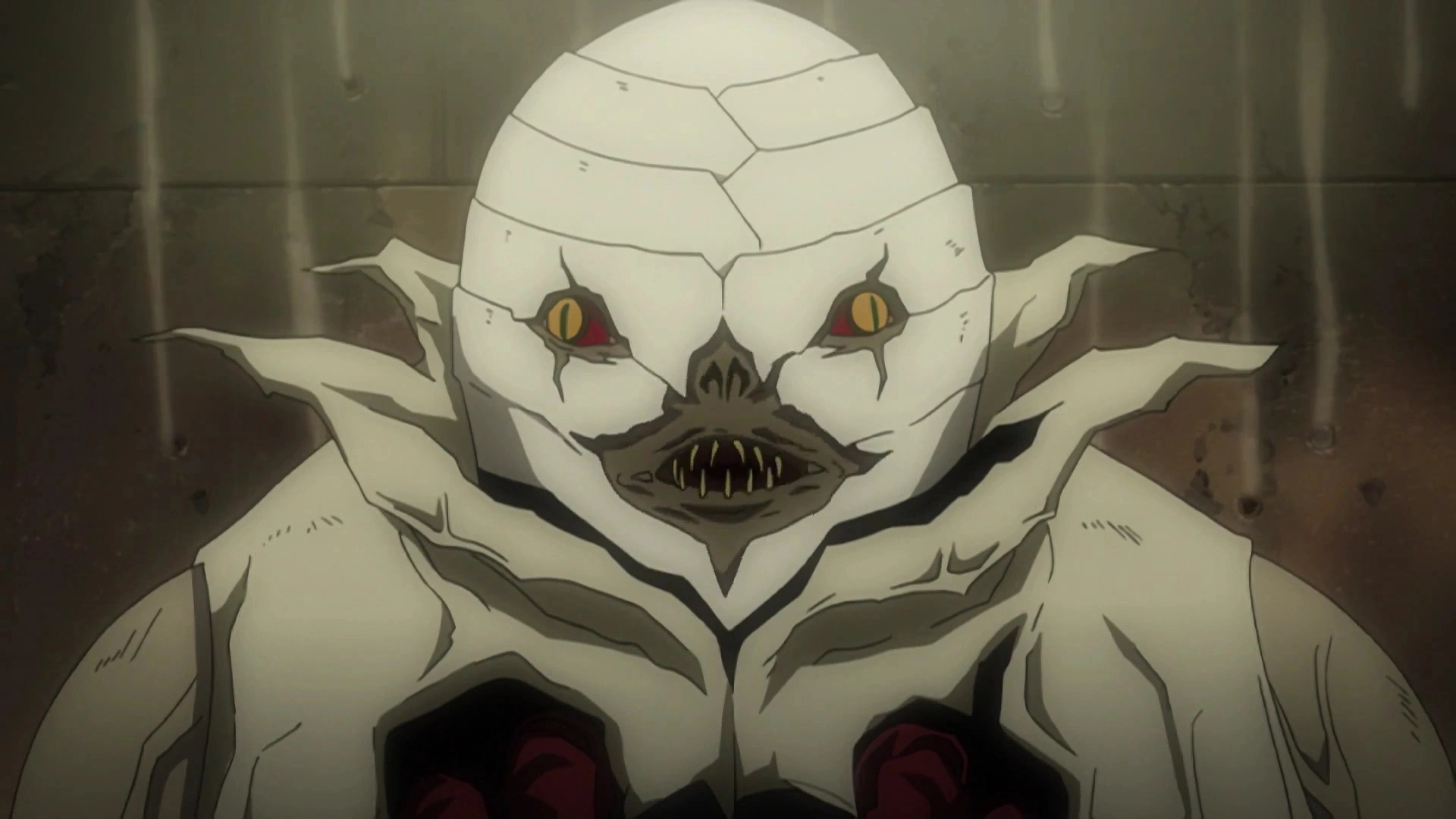
Shinigami, often known as "death gods" in Japanese folklore, are mysterious beings associated with death and the afterlife. These entities have fascinated people for centuries, appearing in various forms of media, from ancient texts to modern anime. But what exactly are Shinigami? Shinigami are supernatural beings responsible for guiding souls to the afterlife. They play a crucial role in maintaining the balance between life and death. Whether you're a fan of Japanese culture or just curious about these enigmatic figures, learning about Shinigami can be both intriguing and enlightening. In this blog post, we'll delve into 35 fascinating facts about Shinigami, shedding light on their origins, roles, and appearances in popular culture. Get ready to uncover the secrets of these captivating death gods!
Key Takeaways:
- Shinigami, also known as "death gods," are intriguing figures in Japanese folklore and pop culture, influencing anime, manga, and video games. They guide souls to the afterlife and have both benevolent and malevolent roles.
- Shinigami possess unique traits like immortality and powers to manipulate life and death. They appear in various forms of entertainment and have counterparts in other cultures, making them iconic and influential figures worldwide.
What Are Shinigami?
Shinigami, often referred to as "death gods" or "grim reapers," are fascinating figures in Japanese folklore and popular culture. They are believed to guide souls to the afterlife. Let's dive into some intriguing facts about these mysterious beings.
-
Shinigami Origin: The concept of Shinigami is relatively modern, emerging during the Edo period in Japan.
-
Cultural Influence: Shinigami have influenced various forms of media, including manga, anime, and video games.
-
Death Note: One of the most famous portrayals of Shinigami is in the manga and anime series "Death Note."
-
Dual Roles: Shinigami can be both benevolent and malevolent, depending on the story.
-
Western Counterparts: They are often compared to the Grim Reaper in Western culture.
Shinigami in Japanese Folklore
Shinigami play a significant role in Japanese folklore, often depicted as spirits that lead souls to the afterlife. Their characteristics and stories vary widely.
-
Guides to the Afterlife: Shinigami are believed to guide souls to the afterlife, ensuring they reach their final destination.
-
Appearance: They are often depicted as shadowy, skeletal figures, but their appearance can vary.
-
Edo Period: The concept of Shinigami became popular during the Edo period, influenced by Buddhist and Shinto beliefs.
-
Mythical Stories: Various stories and myths feature Shinigami, each with unique interpretations.
-
Spiritual Balance: Shinigami are thought to maintain the balance between life and death.
Shinigami in Popular Culture
Shinigami have made their way into popular culture, appearing in numerous forms of entertainment. Their portrayal often varies, adding to their mystique.
-
Anime and Manga: Shinigami are popular characters in anime and manga, such as "Bleach" and "Death Note."
-
Video Games: They appear in video games like "Persona" and "Final Fantasy."
-
Movies: Shinigami have been featured in Japanese horror films and other movies.
-
Literature: Various books and novels include Shinigami as central characters.
-
Art: Shinigami are a common subject in Japanese art, often depicted in traditional and modern styles.
Characteristics of Shinigami
Shinigami possess unique characteristics that set them apart from other mythical beings. These traits make them intriguing subjects for stories and art.
-
Immortality: Shinigami are often depicted as immortal beings.
-
Powers: They possess various powers, such as the ability to manipulate life and death.
-
Tools: Shinigami are often shown carrying tools like scythes or books that list the names of the dead.
-
Emotionless: They are typically portrayed as emotionless, focusing solely on their duties.
-
Human Interaction: Shinigami sometimes interact with humans, influencing their fate.
Shinigami in Different Cultures
While Shinigami are primarily a Japanese concept, similar figures exist in other cultures. These counterparts share some traits but also have unique differences.
-
Grim Reaper: The Western Grim Reaper is a close counterpart, often depicted as a skeletal figure with a scythe.
-
Azrael: In Islamic tradition, Azrael is the angel of death, responsible for taking souls.
-
Santa Muerte: In Mexican culture, Santa Muerte is a folk saint associated with death.
-
Yama: In Hindu and Buddhist traditions, Yama is the god of death and the underworld.
-
Anubis: Ancient Egyptian mythology features Anubis, the god of mummification and the afterlife.
Shinigami in Modern Media
Modern media continues to explore and reinterpret Shinigami, keeping the concept fresh and exciting for new audiences.
-
"Death Note": The Shinigami Ryuk plays a central role in the "Death Note" series, influencing the protagonist's actions.
-
"Bleach": The anime "Bleach" features Shinigami as protectors of the living world, fighting evil spirits.
-
"Soul Eater": In "Soul Eater," Shinigami are portrayed as school leaders training students to fight evil.
-
"Black Butler": The series "Black Butler" includes Shinigami who manage the balance of life and death.
-
"Persona": The "Persona" video game series features Shinigami-like figures as part of its supernatural elements.
Fun Facts About Shinigami
Shinigami are not just about doom and gloom. There are some fun and quirky facts about these death gods that might surprise you.
-
Humor: Some portrayals of Shinigami include a sense of humor, adding a lighter touch to their character.
-
Fashion: Shinigami in modern media often have unique and stylish outfits.
-
Popularity: Shinigami-themed merchandise, such as figures and clothing, is popular among fans.
-
Fan Theories: Fans of series like "Death Note" and "Bleach" have created numerous theories about Shinigami lore.
-
Cultural Impact: Shinigami have become iconic figures, influencing not just Japanese culture but also gaining recognition worldwide.
Final Thoughts on Shinigami
Shinigami, those mysterious beings from Japanese folklore, have fascinated people for centuries. Their role as death gods, guiding souls to the afterlife, adds a unique layer to the cultural tapestry. From their origins in ancient texts to their modern portrayals in anime and manga, Shinigami continue to captivate our imaginations.
Understanding these entities helps us appreciate the rich traditions and beliefs that shape Japanese culture. Whether you're a fan of "Death Note" or just curious about mythology, knowing these facts about Shinigami can deepen your appreciation for their stories.
Remember, Shinigami aren't just characters in a book or show; they're a reflection of humanity's age-old fascination with life, death, and what lies beyond. So next time you encounter a Shinigami in a story, you'll know a bit more about the lore behind the legend.
Frequently Asked Questions
Was this page helpful?
Our commitment to delivering trustworthy and engaging content is at the heart of what we do. Each fact on our site is contributed by real users like you, bringing a wealth of diverse insights and information. To ensure the highest standards of accuracy and reliability, our dedicated editors meticulously review each submission. This process guarantees that the facts we share are not only fascinating but also credible. Trust in our commitment to quality and authenticity as you explore and learn with us.


